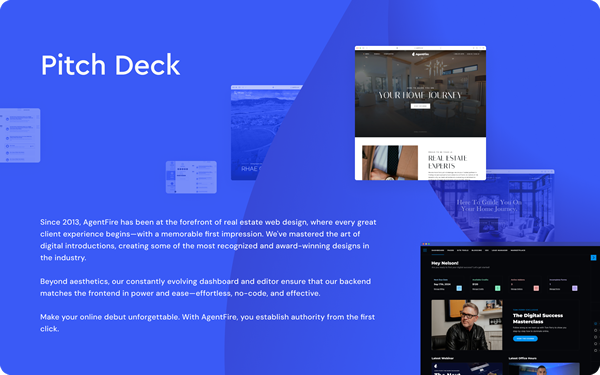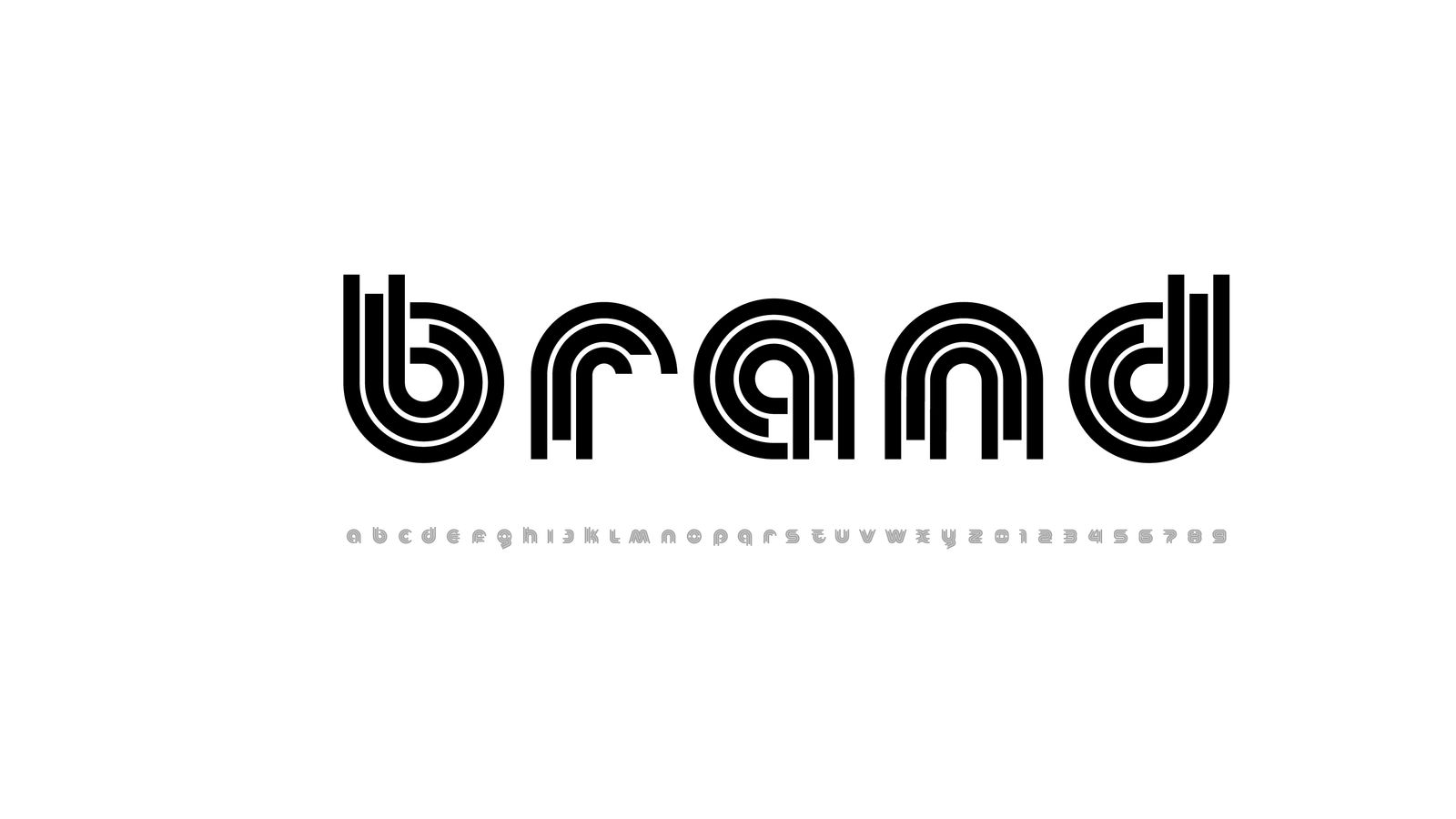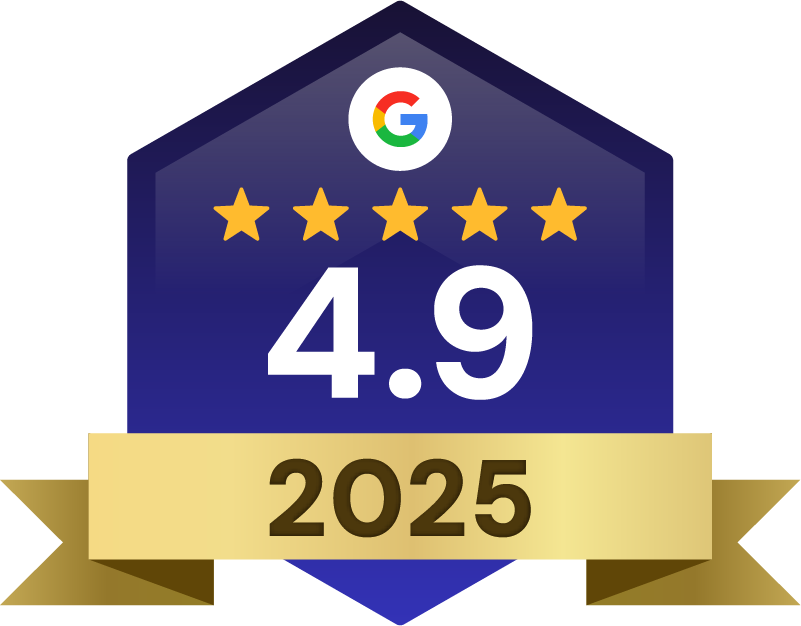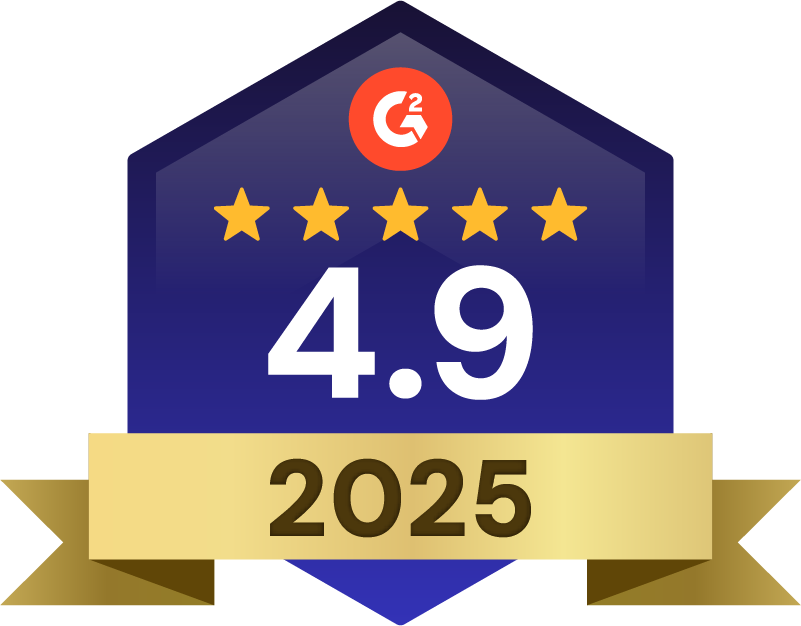Real estate branding strategies to attract clients and build trust with proven tips and visual identity ideas.
Branding & Design Content Marketing Seller Tactics
Real estate branding in 2025 is shaped by changes in technology, consumer behavior, and design trends. Agents and teams are using new tools to express their identity, attract clients, and build long-term recognition, guided by real estate branding tips.
This article explores how branding works in real estate today and how professionals are adapting. It covers common techniques, visual identity essentials, and examples from the field.
Why Real Estate Branding Matters Today
Real estate branding includes visual elements like colors, logos, and typography, as well as messaging, tone of voice, and the overall experience clients have with the brand.
Real estate branding is more than simply having a logo or a website. A full brand creates a consistent identity across all touchpoints—from business cards and signage to emails and social media. It communicates values, builds trust, and helps people remember who you are.
Professionals who invest in real estate branding often achieve higher recognition and better client retention. Branded agents typically generate more leads and close deals faster than those without a defined brand.
In 2025, more buyers and sellers expect real estate professionals to offer not just services, but a branded experience. They look for agents who are consistent, trustworthy, and aligned with their values.
Benefits of Real Estate Branding:
- Increased Recognition: A consistent brand name, logo, and message make it easier for clients to remember and refer you.
- Higher Perceived Value: Strong visual identity and professional tone can justify higher commission rates by signaling expertise.
- Client Trust: A branded presence creates familiarity, which can lead to faster trust-building.
- Market Differentiation: Branding helps professionals stand out in competitive markets by showing what makes them unique.
Creating Your Real Estate Brand Identity
Your brand identity starts with your real estate mission statement, vision, and values. These elements explain why you do what you do, who you serve, and what makes your approach different.
A good mission statement answers these questions in simple terms:
- Who do you help? (First-time buyers, luxury sellers, investors)
- What specific problem do you solve? (Finding affordable homes, selling quickly, building wealth)
- How do you do it differently? (Local expertise, negotiation skills, marketing approach)
For example: “I help growing families in Charlotte find homes that meet their changing needs by combining neighborhood expertise with personalized service.”
Your visual identity includes your logo, colors, fonts, and photography style. These elements should work together to create a consistent look that reflects your personality and appeals to your target clients.
The most effective real estate branding is consistent across all platforms. When clients see the same colors, fonts, and messaging style whether they’re looking at your business card, website, or Instagram page, they develop a stronger memory of who you are.
Visual Elements That Build Strong Real Estate Brands
Photography is especially important in real estate branding. High-quality, consistent images help clients visualize properties and connect with your brand personality.
Essential photography for real estate branding:
- Professional Headshots: Updated yearly with consistent lighting and background style
- Property Photography: Well-lit, wide-angle shots with careful staging
- Team Photos: Coordinated look that reflects your brand personality
- Community Images: Local landmarks, events, and lifestyle shots that show your connection to the area
Colors affect how people feel about your brand. Blue suggests trust and professionalism, orange feels energetic and friendly, earth tones connect with nature and stability, and deep greens or golds often signal luxury.
Typography choices also send important messages. Serif fonts (with small lines at the ends of letters) often feel traditional or established. Sans-serif fonts (without those lines) appear modern and clean.
The property branding agency professionals recommend choosing no more than two fonts—one for headlines and one for body text—and using them consistently across all materials.
Digital Branding Strategies That Work
Your website is often the first place potential clients form an impression of your brand. It should clearly communicate who you are, who you serve, and what makes you different.
Effective real estate websites include:
- Clear, consistent branding elements
- Easy navigation
- Mobile-friendly design
- Neighborhood information
- Client testimonials
- Clear calls to action
Social media platforms each have different strengths for real estate branding:
| Platform | Best Content Types | Branding Focus |
|---|---|---|
| Property photos, lifestyle content | Visual identity | |
| Community events, client stories | Relationships | |
| Market insights, professional achievements | Expertise | |
| TikTok | Behind-the-scenes videos, quick tips | Personality |
Content marketing helps establish your expertise and build trust with potential clients. Blog posts, videos, and guides about local neighborhoods, buying and selling tips, or market trends show that you understand your market and can help clients navigate it.
Real estate branding services often include content planning to ensure your digital presence consistently reflects your brand identity.
Branding Real Estate Agents: Common Challenges
One of the biggest challenges in real estate branding is measuring results. Unlike direct marketing campaigns, branding effects can take time to show up in your business results.
You can track these metrics to evaluate your branding efforts:
- Website traffic growth
- Social media engagement
- Direct traffic (people typing your name into search engines)
- Client feedback about how they found you
- Referral rates
Budget constraints are another common challenge. If you’re working with limited resources, focus on these essentials first:
- Professional logo and basic style guide
- Quality headshots and property photography
- Simple, branded website
- Consistent social media templates
As your business grows, you can expand your branding with custom materials, video content, and more comprehensive marketing campaigns.
Real Estate Branding Examples That Inspire
Looking at successful real estate branding examples can help you understand what works in different markets:
Luxury Market Example:
A high-end real estate team uses minimalist design with black and gold colors. Their photography features dramatic lighting and lifestyle-focused property images, while their content emphasizes exclusivity, privacy, and investment value. And, of course, their brand voice is sophisticated but warm.
First-Time Buyer Specialist:
This agent uses bright colors and casual language to create an approachable brand. Content focuses on education, with step-by-step guides and explainer videos. Sharing personal stories about their own first home purchase helps connect with clients emotionally.
Investment Property Expert:
This brand uses navy blue and gray with clean, data-focused design. Content includes market analysis, ROI calculators, and case studies. The photography highlights property features that affect value rather than emotional aspects of homes.
Each of these examples shows how branding elements can be tailored to specific client needs and market positions.
Using Technology to Enhance Your Brand
In 2025, AI tools help real estate professionals create and manage their brands more efficiently. These tools can generate content ideas, design templates, and analyze market data to inform branding decisions.
The key is balancing technology with personal connection. AI can help with repetitive tasks like creating social media posts or email templates, but your unique voice and local expertise should still shine through.
Your website platform can also support your branding efforts by providing consistent design elements, mobile optimization, and integrated tools for showcasing properties and capturing leads.
AgentFire’s website platform includes customizable design options that help real estate professionals create brand-consistent websites. Features like area guides and custom property pages help agents demonstrate their local expertise while maintaining their visual identity.
Building a Brand That Grows with Your Business
As your real estate business evolves, your brand may need to adapt. Regular brand reviews help ensure your visual identity and messaging still reflect your current business focus and client needs.
Signs that it might be time to refresh your brand include:
- Entering new market segments or price points
- Adding team members or specialties
- Noticing your visual identity looks dated compared to competitors
- Receiving feedback that your brand doesn’t clearly communicate your value
When updating your brand, try to maintain elements that clients already recognize while evolving the parts that need refreshing or consider a brand refresh vs full rebrand. This approach preserves your existing brand equity while allowing your business to grow.
FAQs about Real Estate Branding
How much does professional real estate branding typically cost?
Professional real estate branding generally costs between $2,000 and $10,000 for initial development, depending on the services included and your market position, with ongoing maintenance representing about 5-10% of your annual marketing budget.
When is the right time to consider rebranding an established real estate business?
Consider rebranding when your business has significantly evolved beyond your current brand identity, when entering new market segments, or when your existing branding appears outdated compared to competitors in your area.
How can smaller real estate teams compete with large brokerages through branding?
Smaller teams can effectively compete by developing specialized niche branding that highlights their local expertise, personalized service, and community connections that larger brokerages often can’t match in specific neighborhoods.
What are the most important branding elements for new real estate agents?
New agents should focus on creating a professional logo, consistent color scheme, quality headshots, basic branded templates, and a cohesive social media presence that clearly communicates their unique value to potential clients.
How does real estate branding differ from other types of business branding?
Real estate branding uniquely combines personal agent branding with property marketing while emphasizing trust, local expertise, and visual presentation—unlike general business branding which typically focuses more on products or services alone.







